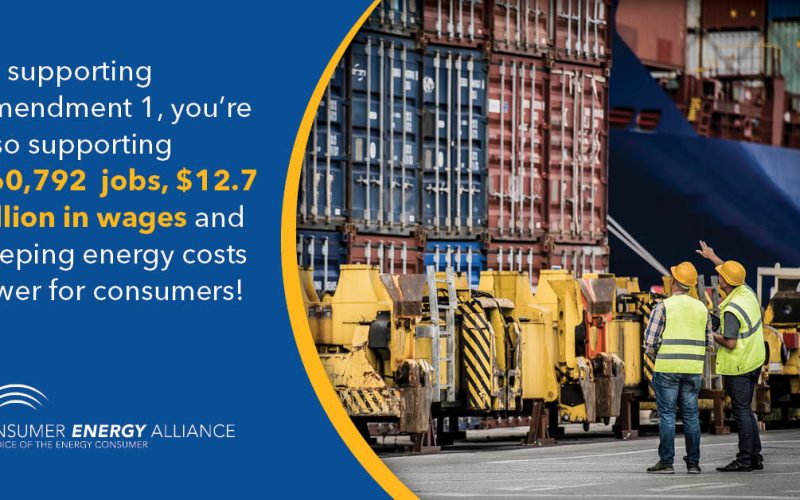THE VOICE FOR THE ENERGY CONSUMER

The 108-page New Jersey Energy Master Plan has questions being raised from multiple sources on how much it will cost consumers. “What’s even riskier is the fact that the IEP.

Newark, NJ – Consumer Energy Alliance (CEA) Mid-Atlantic Executive Director Mike Butler voiced his disappointment following today’s permit denial by the New Jersey Department of Environmental Protection (NJDEP), which improperly.

In order to keep Georgia’s electricity grid modern and capable for consumers and businesses asking for interconnectivity, more energy management, more electric vehicle charging, more robust protection from emerging cyber-threats,.

Saturday is just a few days away, and whether you’re headed to the big game or not, don’t forget to get out and vote! On the ballot, this year is.

Consumer Energy Alliance released a report on the $8 billion that Oklahoma residents have saved between 2006 and 2016. These numbers can be attributed to the use of oil and.

The clean energy goals set by the state of New Jersey irresponsibly do not analyze the rate impact for residential, commercial and industrial electricity customers. CEA’s Mike Butler explains, “That’s.

Consumer Energy Alliance Examines Energy Production’s Benefits to South Carolina’s Families, Small Businesses and Industries in New Report Columbia, SC. — South Carolina families and businesses saved more than $6.4.

The need for pipeline approval and expansion is key to getting New Yorkers the affordable energy they need. New Yorkers pay some of the highest residential electricity rates in the.

Oklahoma City, OK — Oklahoma families and businesses saved more than $8 billion thanks to low-priced natural gas, created by a combination of increased energy production and strong, safe infrastructure.

Every year Apple, Samsung, Google and Huawei, along with other smartphone companies are continually developing and selling their latest technology. Much of what is being developed is under cloak and.